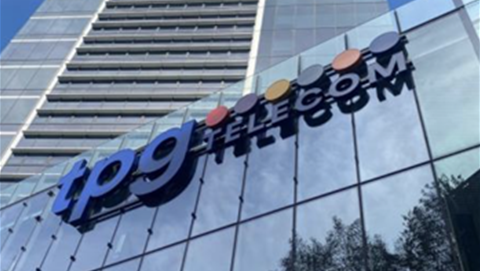The net effect of NBN Co’s free try-before-you-buy upgrade to its higher speed tiers is finally clearer, as the impact of a long period of discounting subsides.
The ‘Focus on Fast’ marketing campaign offered customers a free six-month upgrade, by pricing 100Mbps and above the same at a wholesale level.
The campaign also offered retail service providers (RSPs) a potential connectivity virtual circuit (CVC) windfall, since higher plans come with more bundled CVC bandwidth that could temporarily offset the need to purchase extra.
Since the campaign started on February 1 last year, it’s been unclear what the net result would be: that is, would customers that were upgraded free to higher speed tiers pay the difference when the campaign expired?
The effects of the campaign also continued beyond the initial six-month promotional window, since some RSPs left it later than others to do the upgrades, meaning they had the six months of discounts and potential bonus CVC flow through the back half of 2021, instead of the front-half of the year.
There was also another rebate on 250Mbps and above services that started when ‘Focus on Fast’ finished.
Discounts and free upgrades caused a large amount of movement between NBN speed tiers.
This is recorded in quarterly data releases by the ACCC, but the ‘Focus on Fast’ campaign polluted these numbers, since it wasn’t clear if customers were actually paying to be on higher speed tiers, or were only on those tiers temporarily because of a free offer.
NBN Co partially answered that before going into caretaker mode ahead of the federal election: it said in March that 145,100 100Mbps users were moved up to 250Mbps services for free as part of the campaign, and that 92,200 - or 64 percent - elected to stay on 250Mbps.”
It did not provide numbers for upgrades to the up to gigabit product, which NBN Co brands as ‘home ultrafast’.
The latest release of data from the ACCC [pdf] shows - for the first time since December 2020 - a clearer view of customers actually paying for the speed tiers they are on.
For ease-of-reading, iTnews has collated speed tier numbers from almost two years of ACCC quarterly reports, pre-dating ‘Focus on Fast’ and tracking the way it played out.
Across all services in operation (SIOs), the patterns show that clearly not all customers that stayed on the highest speed tiers - but by the same token, some did.
NBN Co had under 10,000 ‘home ultrafast’ - up to gigabit - users when ‘Focus on Fast’ started; post-campaign, there are 43,846 customers on the tier.
On the 250Mbps tier, active services have grown from 13,838 before ‘Focus on Fast’ to 161,466.
The 100Mbps trend is particularly interesting, as these customers would have been prime candidates for upgrades under a program that priced (from a wholesale perspective) 100Mbps, 250Mbps and up to gigabit services all the same.
As expected, the numbers show an immediate large exodus of customers from the 100Mbps tier in the quarter where ‘Focus on Fast’ came into effect; the number of 100Mbps users more than a year on is back to being about the same level, recording a net addition of 86,621 users.
As for the RSPs that participated in ‘Focus on Fast’, all appear to have benefitted in some way, either in temporary CVC boost terms or in establishing a base of higher-tier users.
With the exception of Aussie Broadband, no other RSP had any noteworthy user base in the 250Mbps and up to gigabit tiers prior to the campaign.
That has changed substantially.
Telstra is a major beneficiary: it had 2117 250Mbps users coming into ‘Focus on Fast’, and now has a user base of 87,275 on the tier.
TPG had under 1000 250Mbps users and now has 38,604 - though this is about 10 percent of the users it put onto the tier at the height of the ‘Focus on Fast’ campaign.
Optus went from 395 250Mbps users before the campaign to 9832; at the height of the campaign, it put 217,355 users onto the 250Mbps tier, meaning about five percent stayed.
Vocus managed to grow its 250Mbps user base about tenfold over the course of the campaign, up to 5291 users.
Aussie Broadband also achieved strong growth in the 250Mbps tier, though it - together with TPG - really excelled at establishing a sizable user base on the ‘home ultrafast’ up to gigabit tier.






.jpg&h=140&w=231&c=1&s=0)






















